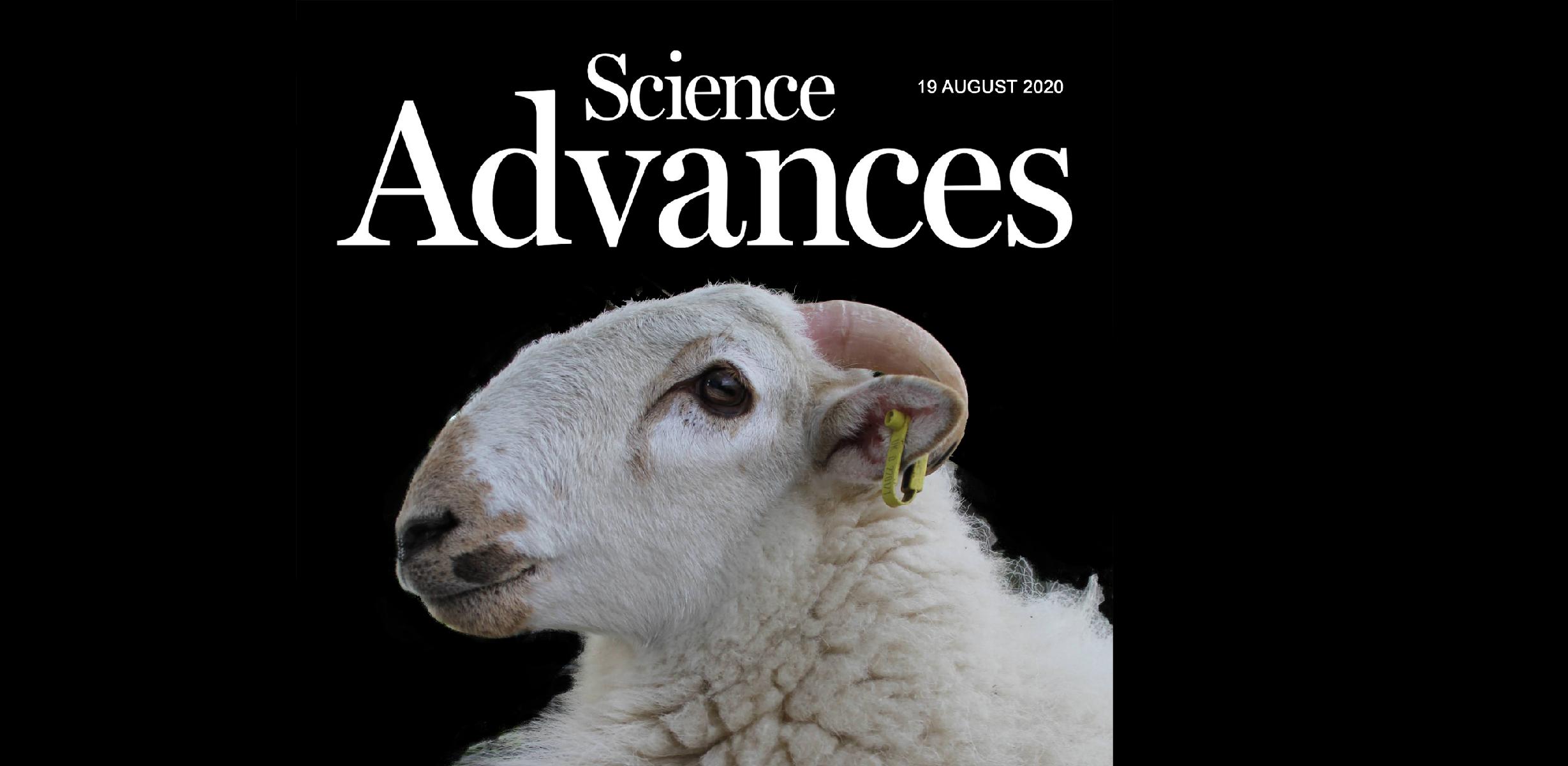
|
Supervised by: Dino A. Giussani (dag26@cam.ac.uk) |
|
|
Project Title: Maternal Obesity: Translatable Programmed Cardiovascular Dysfunction in Offspring |
|
|
Project description Obesity has reached epidemic proportions, affecting more than 1.4 billion adults worldwide. The concern catapults to a much greater level of importance when considering maternal obesity. In her 2019 report, then as Chief Medical Officer, Dame Sally Davies highlighted that over half of women in the UK are now obese or overweight during pregnancy. This is of the gravest concern as obesity during pregnancy not only has immediate detrimental effects on the mother, but also on her children, thereby propagating adverse health risks onto the next generation. Rapidly accumulating evidence derived from human studies as well as preclinical animal models shows that maternal obesity can markedly increase the risk of cardiovascular disease in the offspring, even when the progeny feed on a healthy diet and in the absence of them becoming obese. This highlights that it is something about exposure of the embryo or fetus to an altered environment during obese gestation itself that either triggers a fetal origin of cardiovascular dysfunction and/or increases the risk of heart disease in the adult offspring. However, the mechanisms linking obesity during pregnancy and an increased cardiovascular risk in the offspring remain unclear, preventing the identification of targets for intervention. Studies on the effects of maternal obesity on offspring cardiovascular health have focused on the postnatal period, predominantly reporting effects in the adult offspring using rodent models. By contrast, only a handful of studies on the immediate effects on the fetus are available and currently we do not know whether maternal obesity adversely affects the developmental regulation of fetal cardiovascular function. This unmet need has arisen primarily due to the technological difficulty of studying the fetal cardiovascular system longitudinally over long periods of time. Another important consideration is that when working with animal models of cardiovascular dysfunction before birth, the temporal profiles of cardiovascular development between species is of paramount importance for translation to the human situation. Rats and mice are altricial species, in which cardiovascular maturation is completed by the second week of postnatal life. Rodents give birth to litters, so differences in the maternal adaptations to pregnancy in polytocous species also require clear thought. In contrast, sheep and humans share similar prenatal tempos of cardiovascular development. Further, the sheep is the only established animal model that permits surgical instrumentation of the mother and fetus for in vivo long-term cardiovascular recording. Recently, we have made an important development by designing the CamDAS technology; a wireless data acquisition system that permits the simultaneous recording of multiple pressure and flow signals from mother and fetus in vivo over long periods of gestation in free-moving sheep. The proposed project will exploit the novel CamDAS technology in an ovine model to test the hypothesis that maternal obesity promotes a fetal origin of heart disease via adverse mechanisms triggered by mitochondria-derived oxidative stress. Causality will be addressed directly using mitochondria-targeted antioxidant intervention. References 3-5 below will give you a good idea of the type of work we do. |
|
|
References
|
|

